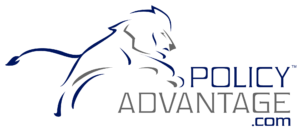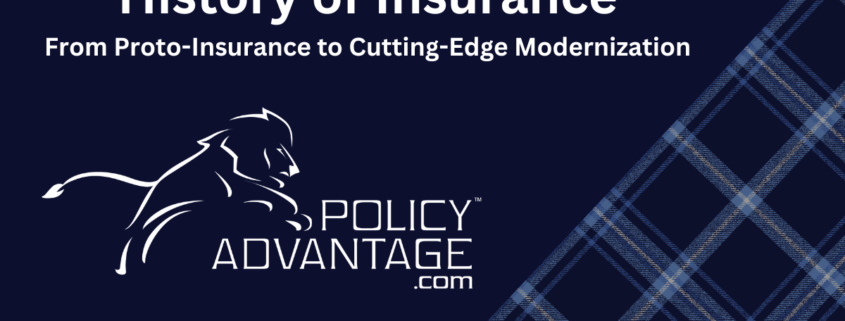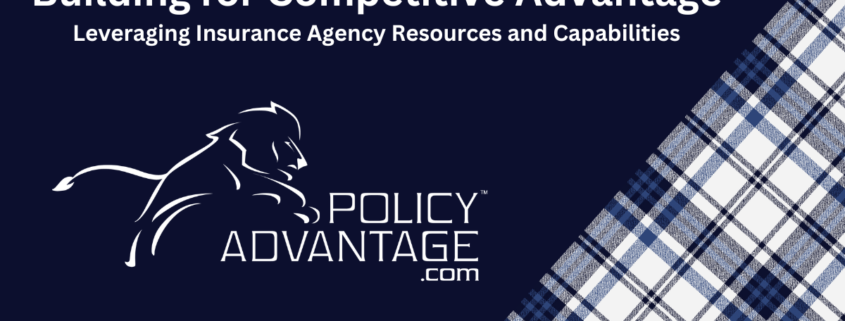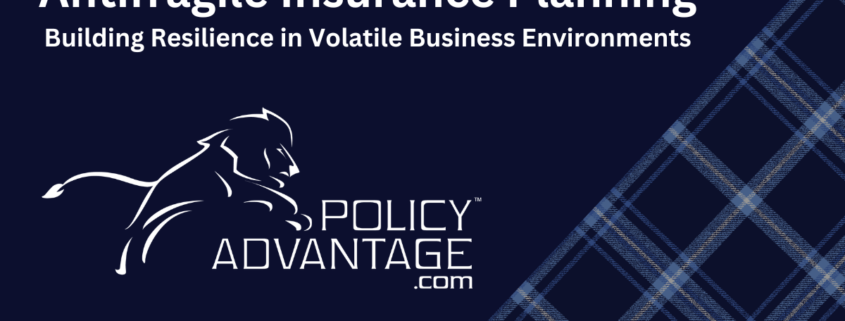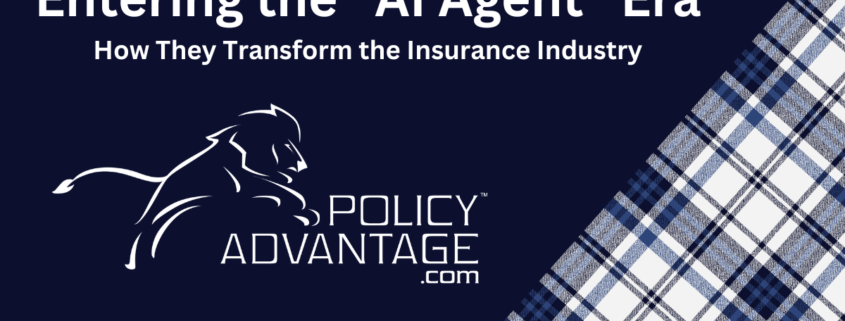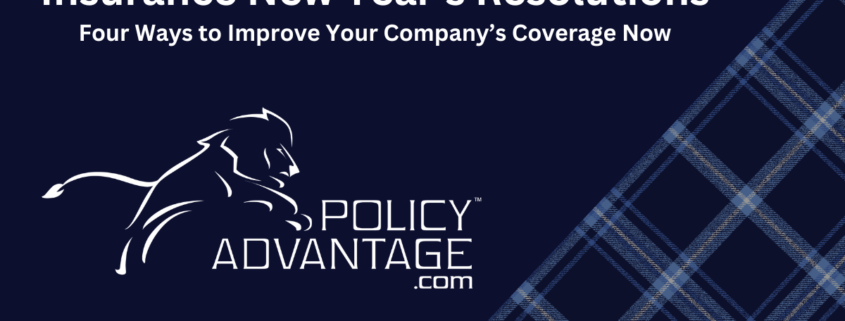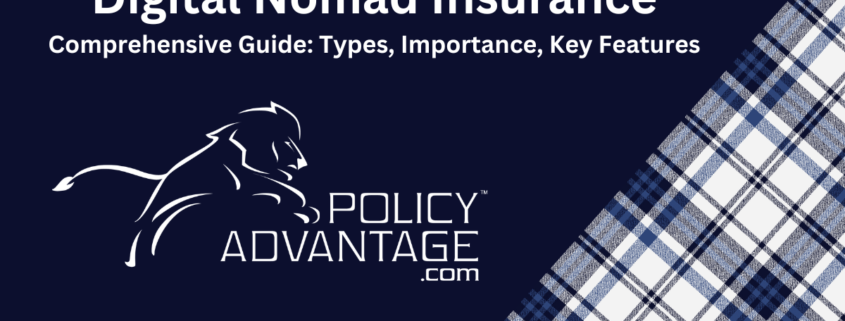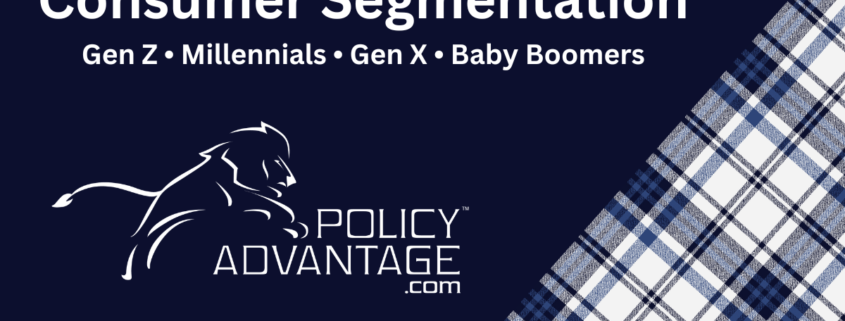The History of Insurance: A Journey Through the Centuries
Insurance, one of the oldest financial industries, has evolved dramatically over the centuries. From ancient risk-sharing agreements to AI-driven insurtech, each era of insurance development has distinct characteristics shaped by economic, technological, and societal changes. Below is a segmented exploration of the history of insurance, each period named and described with its defining features.
1. The Proto-Insurance Era (3000 BCE – 1666 CE) – “The Foundations of Risk Sharing”
The earliest forms of insurance can be traced back to ancient civilizations, where people developed collective methods to mitigate risk:
- Ancient Babylon & China (3000-2000 BCE): Merchants in Babylon used a form of marine insurance called bottomry contracts, where lenders would forgive loans if a ship was lost. Similarly, Chinese traders distributed goods across multiple vessels to spread risk.
- Ancient Greece & Rome (600 BCE – 500 CE): Greek and Roman guilds (collegia) provided mutual aid for burial costs, marking early forms of life and health insurance.
- Medieval Guild Systems (900-1600 CE): European trade guilds introduced mutual aid societies to support members in cases of sickness or loss.
- The Great Fire of London (1666): This disaster led to the creation of the first fire insurance policies, influencing the formation of modern property insurance.
2. The Institutionalization of Insurance (1680 – 1860) – “The Lloyd’s Era”
Insurance as a formal industry emerged in this period, largely thanks to economic expansion and the rise of organized underwriting:
- Lloyd’s of London (1688): Edward Lloyd’s coffeehouse became the hub for marine insurance, creating the first major underwriting market.
- The Birth of Life Insurance (1706): The Amicable Society for a Perpetual Assurance Office in England established structured life insurance.
- Fire & Property Insurance Growth (1700s-1800s): The Industrial Revolution increased urban risks, leading to major insurers offering fire and property coverage.
- Actuarial Science Develops (1762): The Equitable Life Assurance Society introduced mathematical risk assessment, forming the basis of modern insurance pricing.
3. The Industrial-Modern Insurance Period (1860 – 1950) – “The Policy Expansion Age”
The rise of industrialization and new societal needs led to a broader range of insurance products:
- Industrial & Workers’ Compensation (1880s): Germany introduced the first formal workers’ compensation system, later adopted worldwide.
- Health Insurance (Late 19th – Early 20th Century): Governments and private insurers developed structured health insurance programs, notably in Europe and the U.S.
- Automobile Insurance (1890s-1920s): With the rise of cars, insurers adapted policies to cover liability and accidents.
- The New Deal & Social Security (1930s): Government-backed insurance programs emerged, solidifying public-private partnerships.
4. The Globalization & Standardization Era (1950 – 1990) – “Mass Market Insurance”
With rapid economic growth and globalization, insurance became a standardized and integral part of financial systems:
- Standardized Policies & Regulations: Governments implemented stricter insurance regulations to protect consumers.
- Health & Employee Benefits Boom (1950s-1970s): Employer-sponsored health insurance became common in the U.S., spurring the private health insurance industry.
- Natural Disaster Coverage (1960s-1980s): The rise of catastrophe insurance addressed hurricanes, earthquakes, and floods.
- Digital Databases & Actuarial Computing (1980s-1990s): Early computing allowed insurers to improve risk assessments and streamline underwriting.
5. The Digital Transformation of Insurance (1990 – 2010) – “The InsurTech 1.0 Era”
The rise of the internet and software-driven analytics changed the way insurance was marketed, sold, and processed:
- Direct-to-Consumer Online Insurance (1990s-2000s): Companies like Geico and Progressive pioneered online quoting and policy purchasing.
- Big Data & Predictive Analytics (2000s): Insurers began leveraging vast datasets for pricing and risk assessment.
- Regulatory & Compliance Evolution: Governments adapted regulations to keep up with digital transactions.
- Global Expansion: Insurers used digital tools to expand into emerging markets.
6. The InsurTech Revolution (2010 – Present) – “The AI-Driven Insurance Age”
The latest era has seen a surge in AI, blockchain, and automation reshaping the insurance industry:
- AI & Machine Learning (2010s-Present): Automated underwriting, fraud detection, and claims processing improve efficiency.
- Usage-Based Insurance (UBI): IoT devices in homes and cars allow for pay-as-you-go pricing models.
- Blockchain & Smart Contracts: Decentralized ledgers increase transparency and reduce fraud.
- Embedded Insurance & Digital Ecosystems: Companies integrate insurance seamlessly into digital services (e.g., travel, e-commerce, fintech).
- Climate Risk & Parametric Insurance: New policies use data-driven triggers to pay claims instantly for climate-related disasters.
Conclusion
The Future of Insurance As we move forward, insurance will continue adapting to emerging risks, including cybersecurity threats, climate change, and AI ethics. The next evolution—perhaps “InsurTech 2.0: Autonomous & Decentralized Risk Management”—could see insurance shift toward decentralized finance (DeFi), fully automated claims processing, and personalized AI-driven risk assessment. Regardless of the changes, the industry’s core mission remains the same: protecting individuals and businesses from uncertainty.
The history of insurance is one of resilience, adaptation, and innovation—just like the risks it seeks to mitigate.
